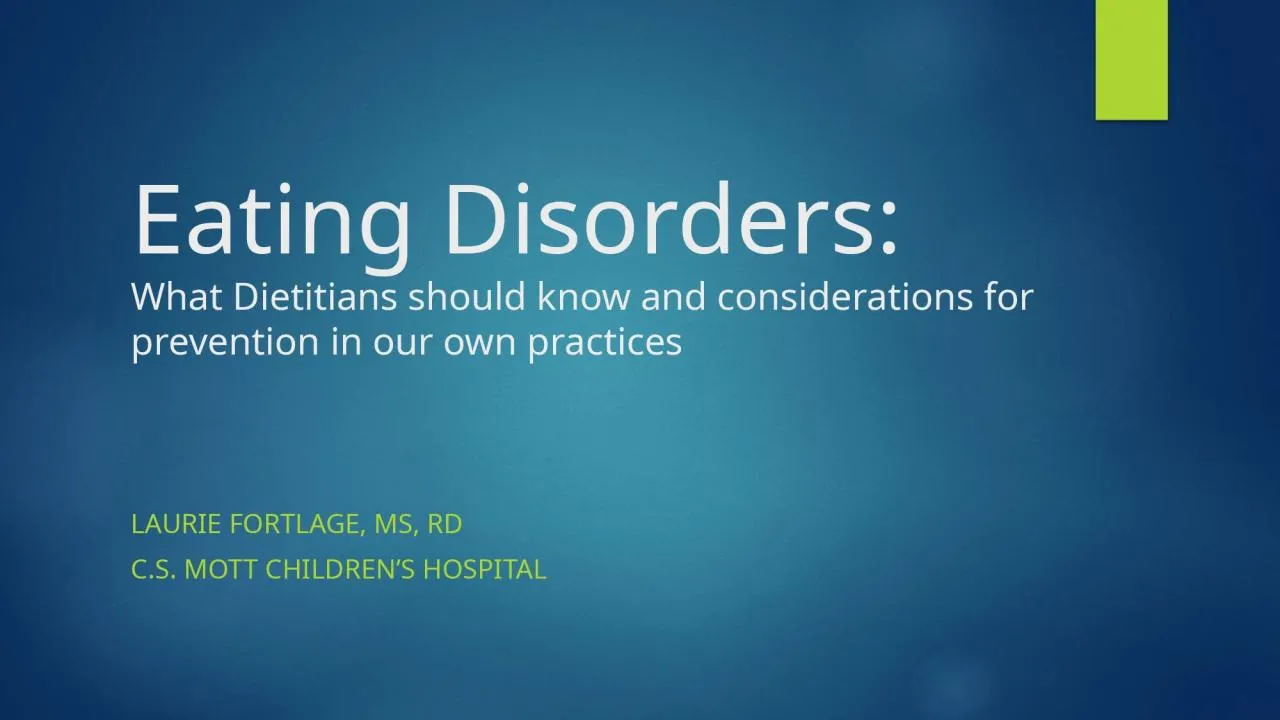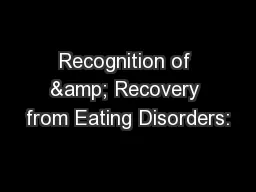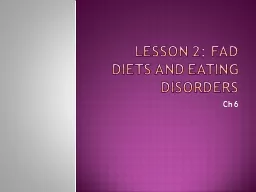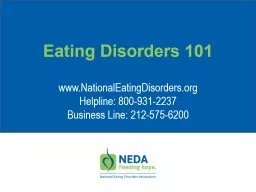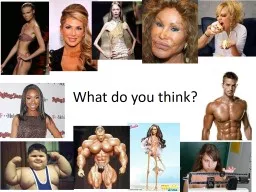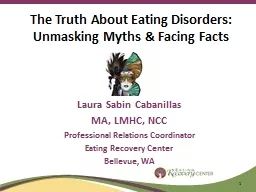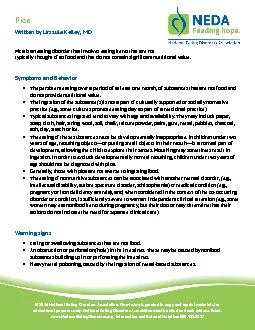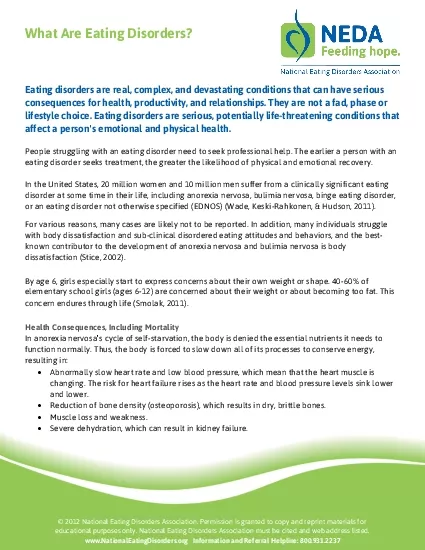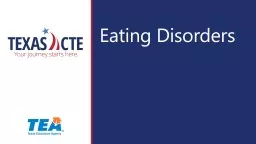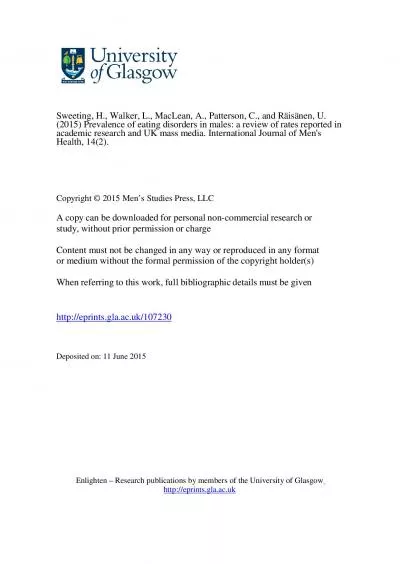PPT-Eating Disorders: What Dietitians should know and considerations for prevention in our
Author : harmony | Published Date : 2022-06-01
Laurie Fortlage MS RD CS Mott Childrens Hospital httpscreatekahootitshareeatingdisordersmythsvsfacts3f5defe171bb4daf84399f5014b77901 Objectives Eating Disorder Diagnoses
Presentation Embed Code
Download Presentation
Download Presentation The PPT/PDF document "Eating Disorders: What Dietitians shoul..." is the property of its rightful owner. Permission is granted to download and print the materials on this website for personal, non-commercial use only, and to display it on your personal computer provided you do not modify the materials and that you retain all copyright notices contained in the materials. By downloading content from our website, you accept the terms of this agreement.
Eating Disorders: What Dietitians should know and considerations for prevention in our: Transcript
Download Rules Of Document
"Eating Disorders: What Dietitians should know and considerations for prevention in our"The content belongs to its owner. You may download and print it for personal use, without modification, and keep all copyright notices. By downloading, you agree to these terms.
Related Documents

